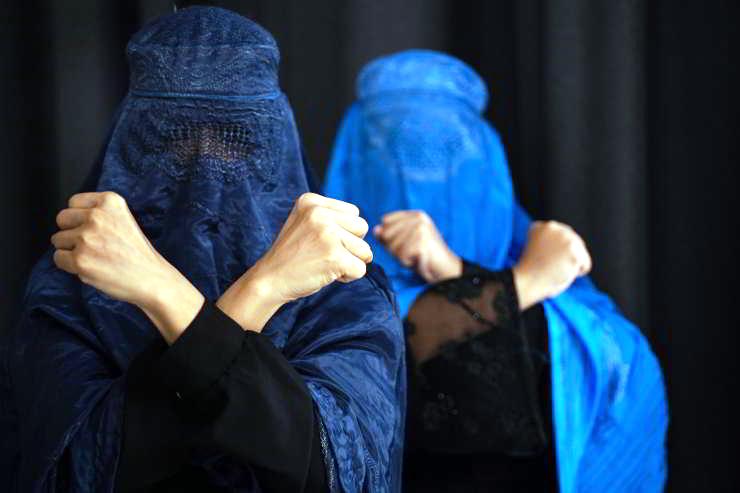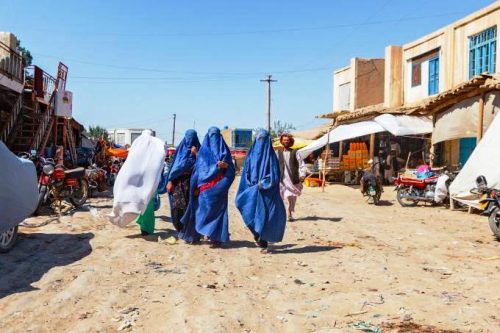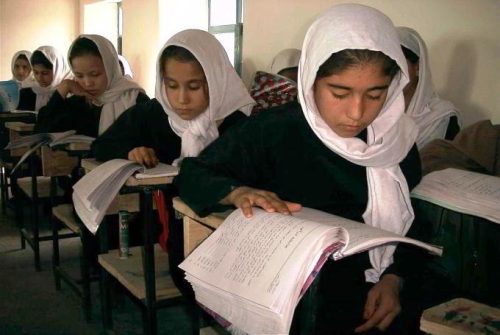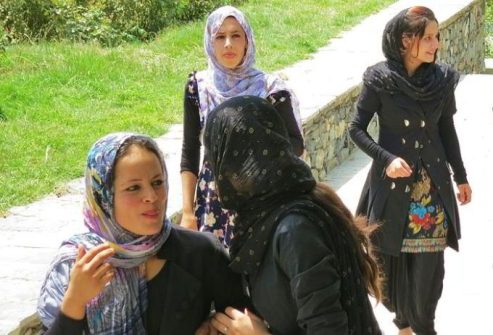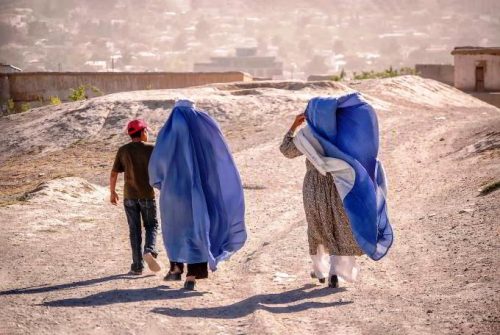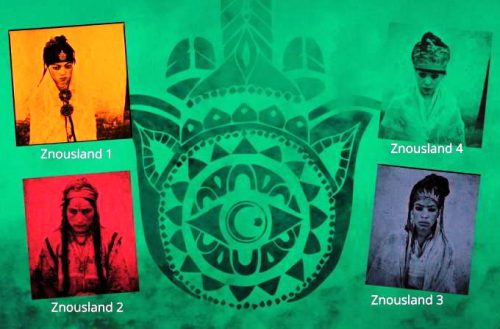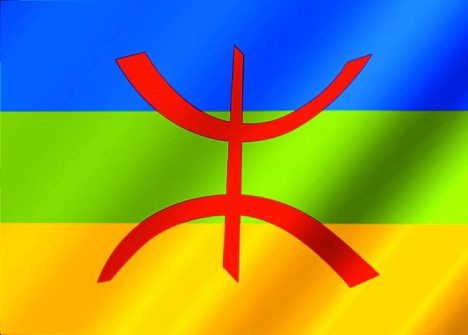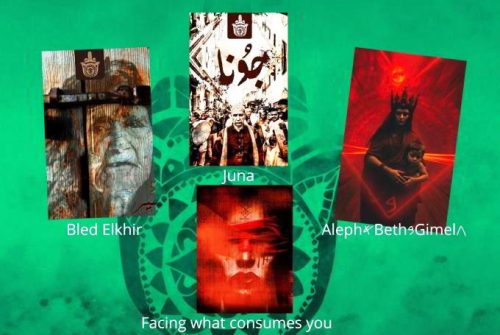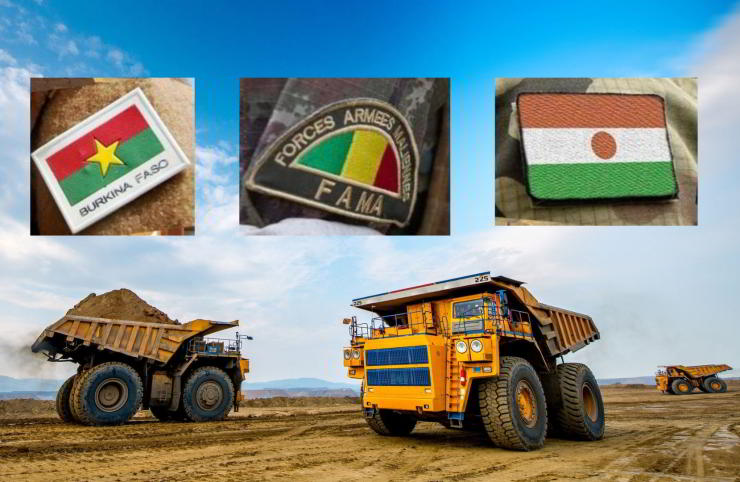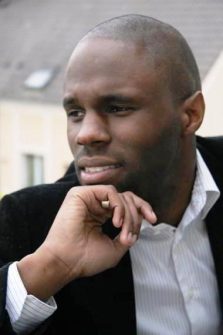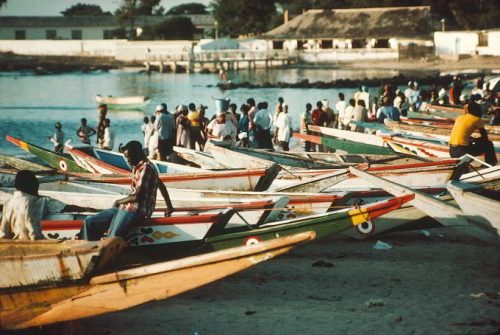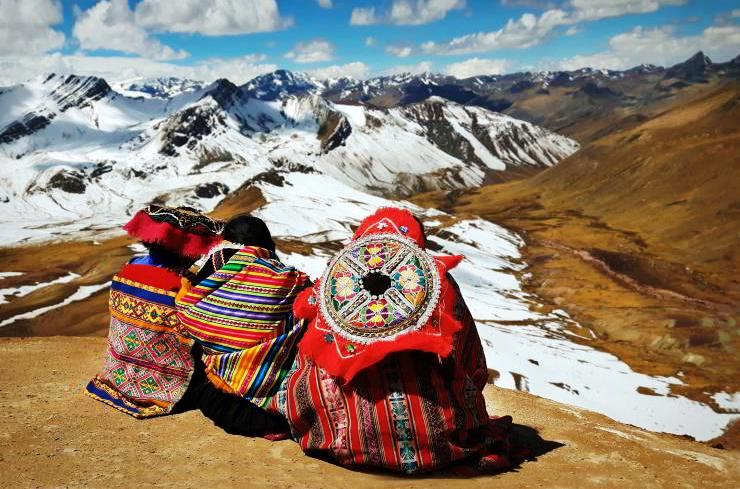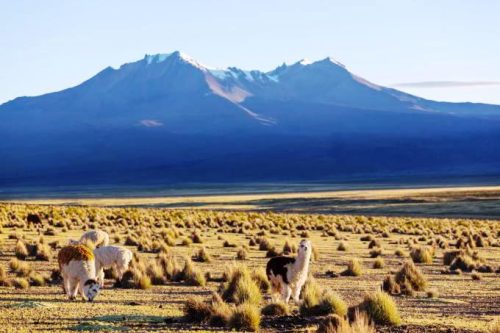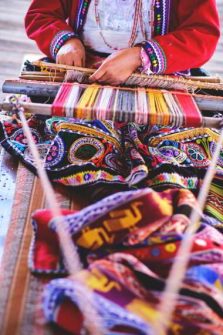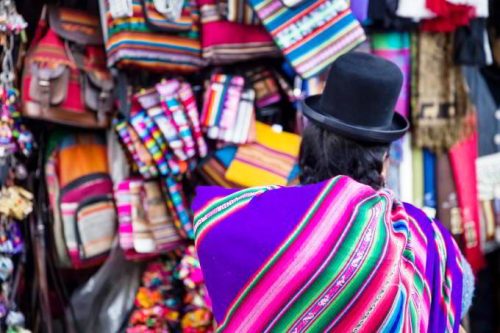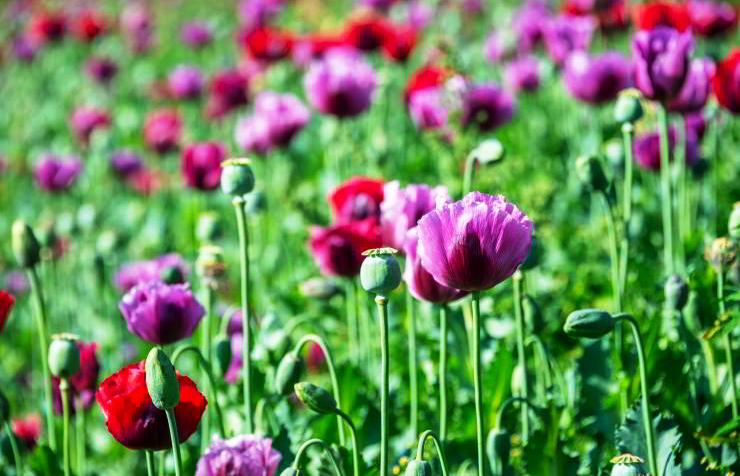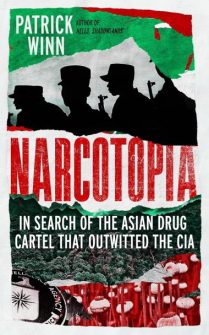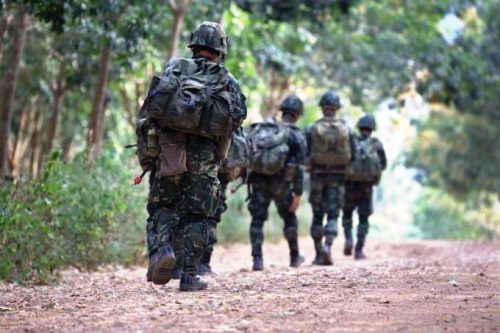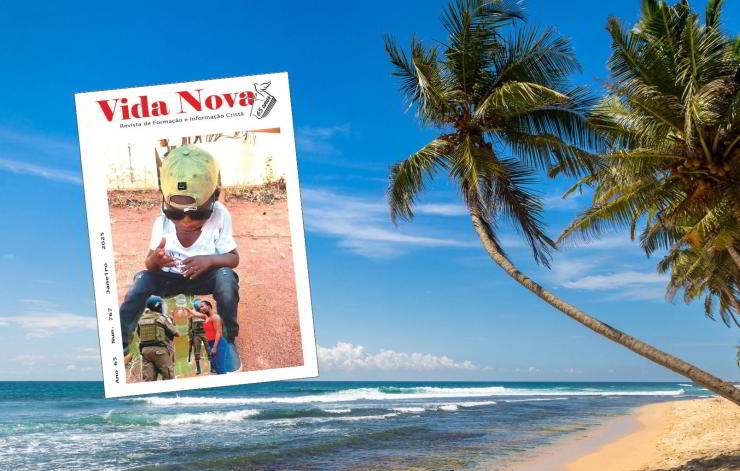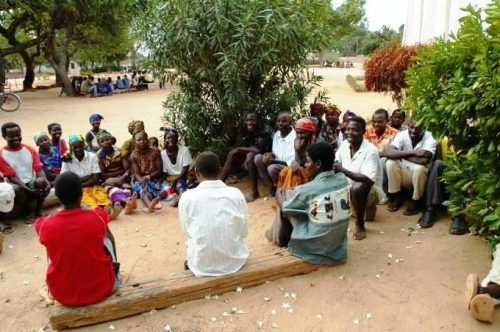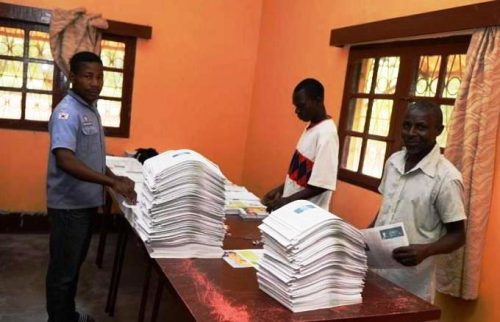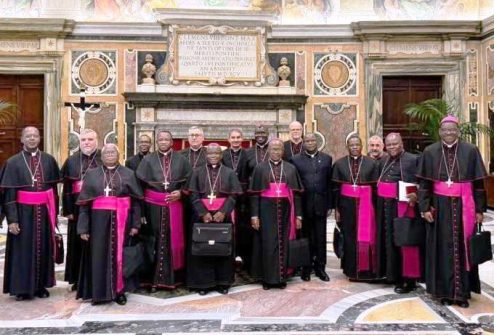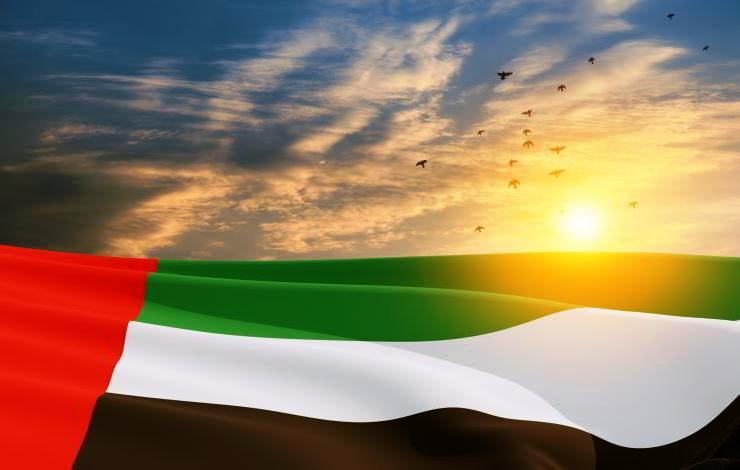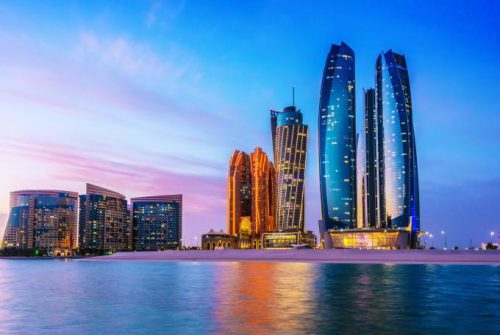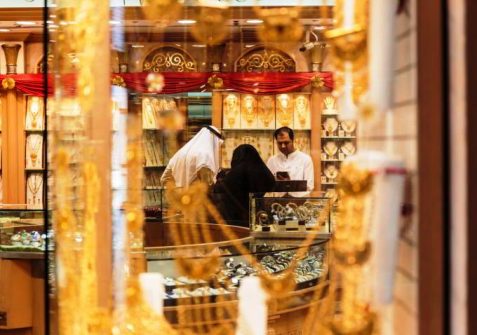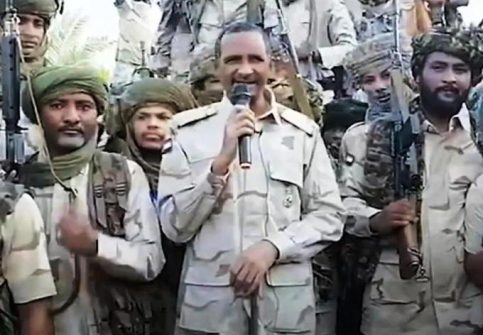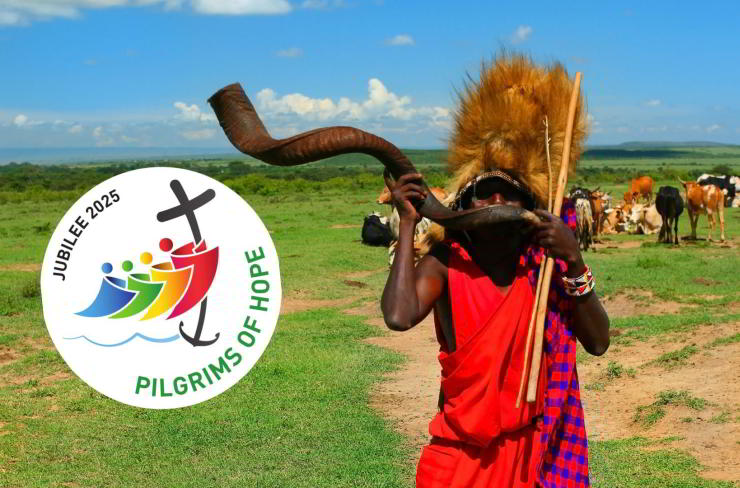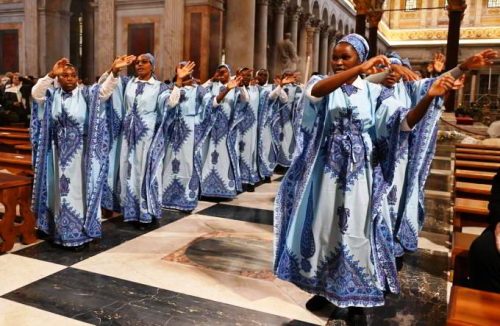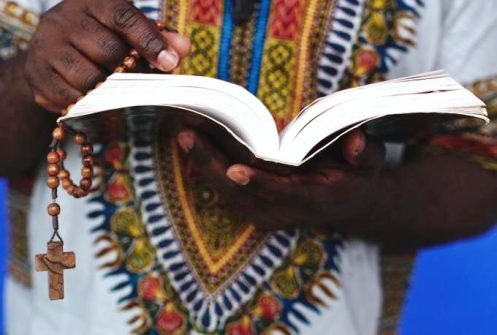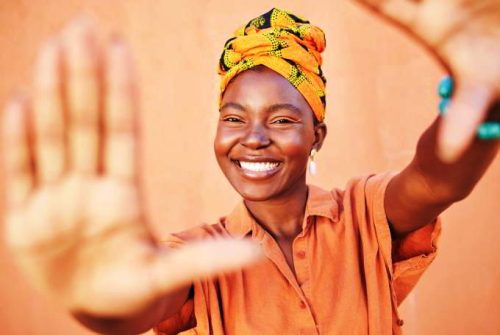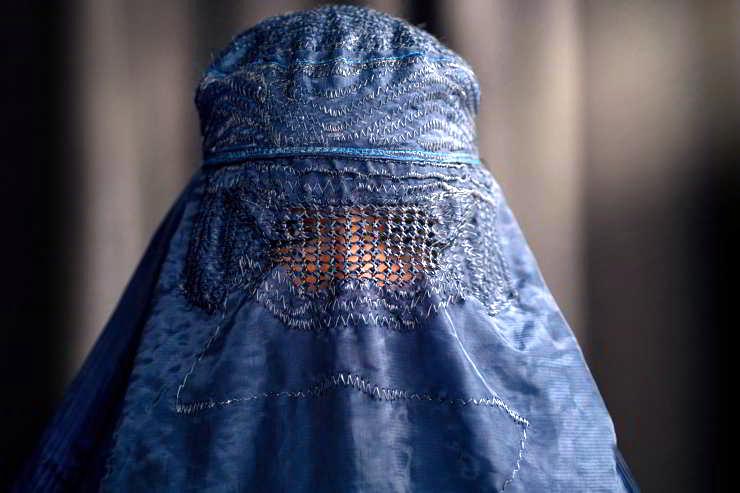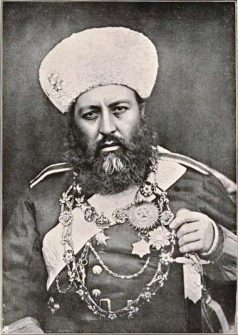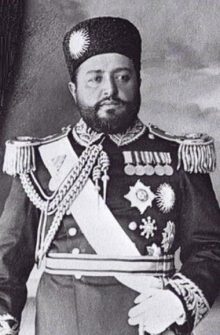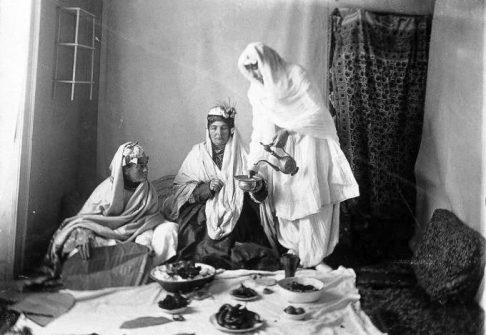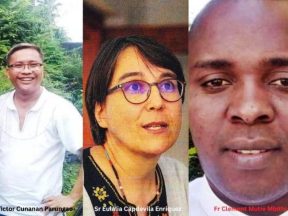The partridge and the hunter.
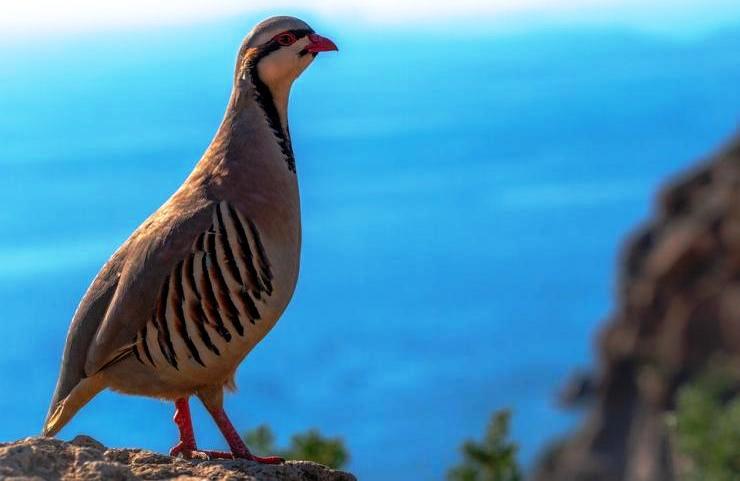
A long time ago, a young woman gave birth to a child armed with strings and arrows, as if fate had predestined him to become a hunter. When he grew up, he showed great skill in archery and in making snares and traps. Everyone admired him, and luck was on his side.
One day a partridge that lived near his hut was caught by the snares the young man had set. As soon as he approached it to break its legs, the poor partridge began to plead with him: “Set me free. Can’t you see I’m your neighbour?” The hunter, recognising her, hastened to set her free, and the partridge, flying away, called out to him: “Be assured that I shall not forget your generosity.”
The following day another bird ran into the snares, but this time the young man did not allow himself to be softened, despite some mysterious voices admonishing him: “Release your prey from the snares or we will punish you!”.
Back home, the hunter invited his friends to share the meat of the game but, despite his invitations to enjoy the tasty food, they all refused, terrified by the bird’s voice that, coming out of the man’s mouth, sang: ‘You wanted to kill me, you will be punished’.
From that day, several years passed during which the hunter took two wives and had two children in the same period of time. As was the custom, the brides, at the time of childbirth, moved to their parents’ house. The time then came for the husband to go and take back
his wife and children.
The father of the first wife, when he saw his son-in-law anxious to be reunited with his family, dictated a condition to him: “You will get my daughter back after you have procured me a gazelle skin from which I want to make braces to carry the newborn”. The hunter agreed, went into the forest, hunted a young gazelle and returned with the skin. Unfortunately, however, he did not realise that the animal was none other than the spirit of an ancestor. What a terrible mistake! Already the vengeance of the spirits was bearing down on him.
After setting off with his wife and child, the hunter was so exhausted that he had to stop at an abandoned hut. The wife, who had cut a piece of fruit, was about to offer her hungry husband a slice when a hamster emerged from a hole and pounced on the food. Enraged, the man grabbed a stick and killed the small rodent, unaware that it too
was the spirit of an ancestor.
Immediately there were other voices in the hut: “Wicked hunter, it was not enough that you killed the bird and the gazelle, now you have killed the hamster too. You must pay for this”. Terrified, the young man sought refuge in a barn to escape the vengeance of the angry spirits. His pursuers, determined to kill him, set fire to it.
He then fled into the forest, clutching a burning cinder in his hands. To stop his enemies’ advance, he set fire to some trees and then climbed to the top of a plant from which his pursuers were unable to seize him.
Back in the village, the young man soon had to set off again to reclaim his second wife and young son. As he neared his destination, a man followed him asking for food. When he arrived, his in-laws greeted him warmly, although they were surprised that their son-in-law had arrived in the company of a stranger.
“Who is this man?” asked his wife’s father. “A hungry traveller I met not far from here. Please give him something to eat.” As soon as the food was offered, the mysterious person threw himself on it and devoured it with such greed that the father of the bride said, “Beware of this greedy man. I am afraid he will kill you”.
The suspicion was soon confirmed. After the bride and groom had said goodbye to their parents and left the village, laden with gifts of all kinds, the stranger revealed his wickedness: “Quickly, give me everything you have, or I will kill your wife and child”.
The young man, angry and determined not to give in to threats, threw himself on his evil companion but a crowd of spirits held him back. Again, the voices chanted: “You killed the gazelle, you killed the bird, you killed the hamster, and you want to kill this man? You will be judged by the court of spirits”.
Taken before the judge, to his surprise, he recognised the partridge, his neighbour, whose life he had spared. The magic bird immediately remembered the young man who had let her live and decided to show her gratitude. But what could she do to appease the wrath of all the spirits who wanted revenge? At last, the cunning partridge decided on a stratagem and summoned the most menacing of the group: “I am very thirsty. Go and fill this jar and do not return until it is full”.
This jar, however, had a thin slit. As soon as water entered it, it immediately leaked to the ground. The first spirit, after a few futile attempts, called his companions for help, but none of them were able to return with the full jar.
So, annoyed and humiliated, all the ghosts decided to disappear forever. Then the partridge, freed from their presence, hurried to the end of the trial and pronounced a verdict of not guilty.
The hunter was thus miraculously saved, and from that moment on, aware of the danger he was in, he never stopped telling his children: “Any bird that lives near our hut could be the spirit of an ancestor. So be careful not to break the legs of your neighbours’ partridges”. Photo:Pixabay
Folktale from the Chewa People. Malawi

